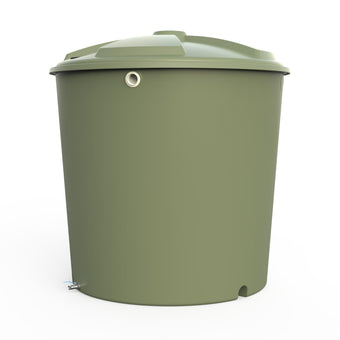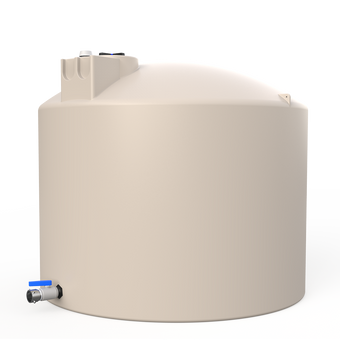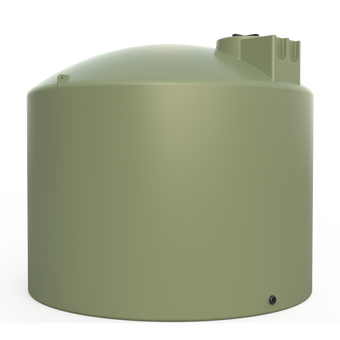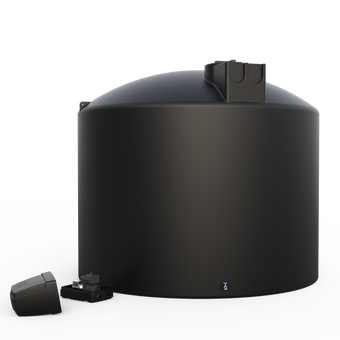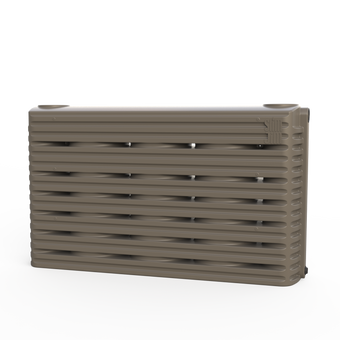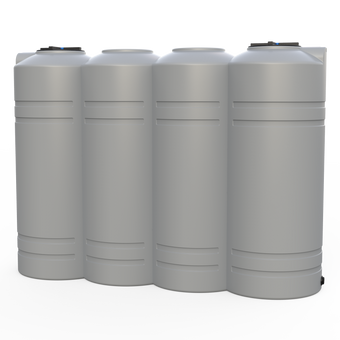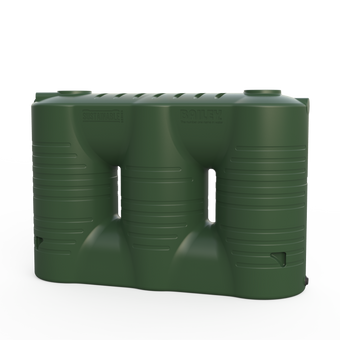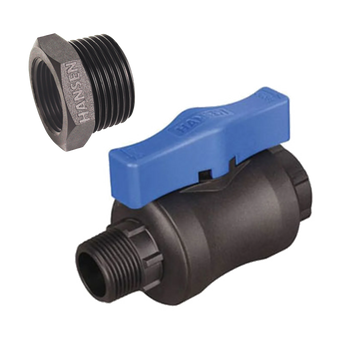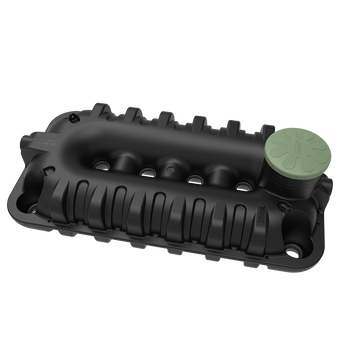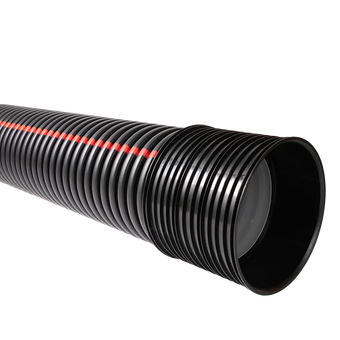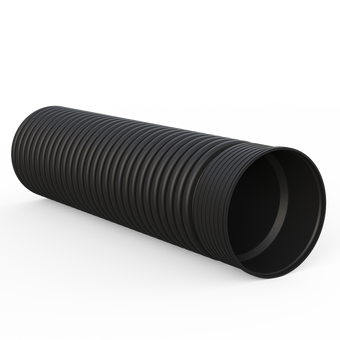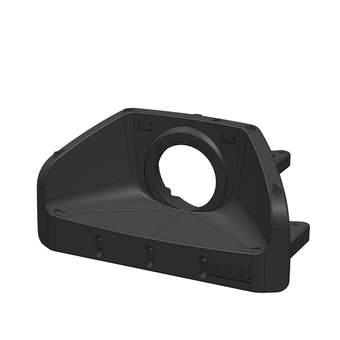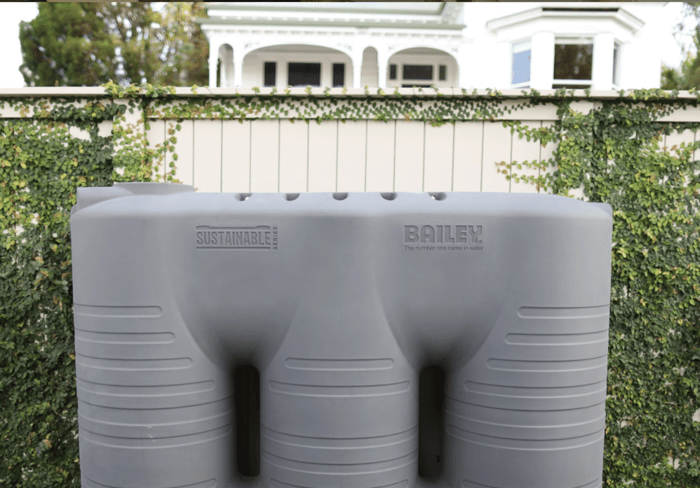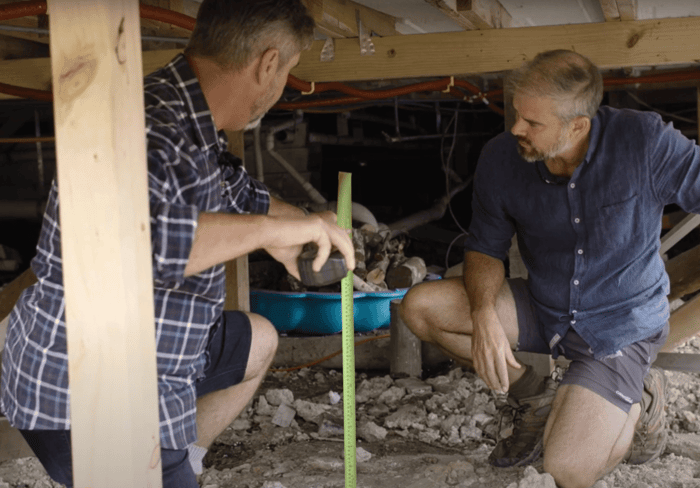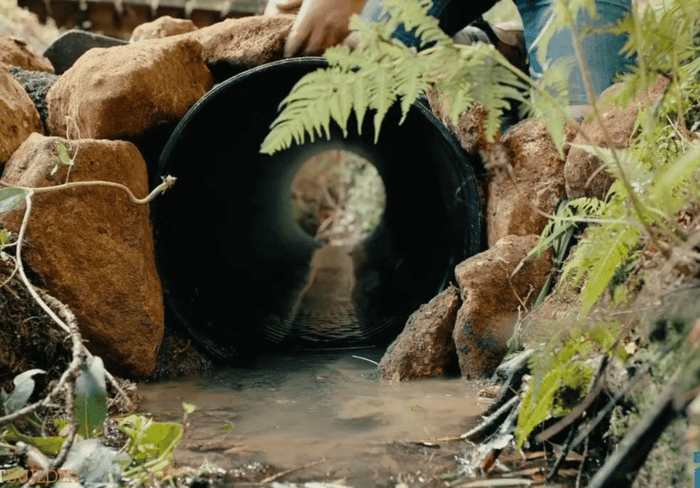Resident Builder Peter Wolfkamp takes a step-by-step approach to installing our Sustainable Slimline tank. You'll see just how easy it is to install a tank to start collecting rainwater in your home.
For this site, a Bailey Sustainable Series tank was the perfect option. They are light and easy to move, with pre-moulded handhelds. Inlets and overflows can be easily installed in the pre-marked locations, while your outlet valve can be screwed directly into the fitting provided.
Choosing the right location for your slimline water tank is important. In this case, Peter takes advantage of an existing downpipe connection against a fence line.
The installation begins with preparing a solid base for the tank. The base is created by removing the soil, boxing out a platform slightly larger than the tank, and filling it with compacted sand or Gap 20 Metal. A concrete base could also be poured. It is important to ensure the base is strong and flat to uniformly support the tank, which will weigh over 2 tonnes when full of water.
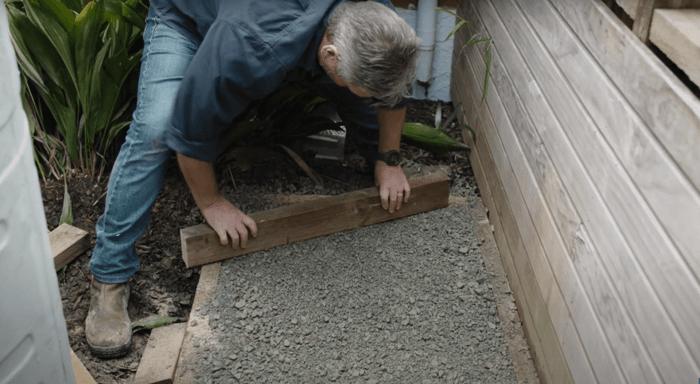
Next, Peter adjusts the existing stormwater downpipe to divert the water into the tank. It is important to maintain the overflow into the council system when the tank is full of water. It may be beneficial to work from a plumbing plan.
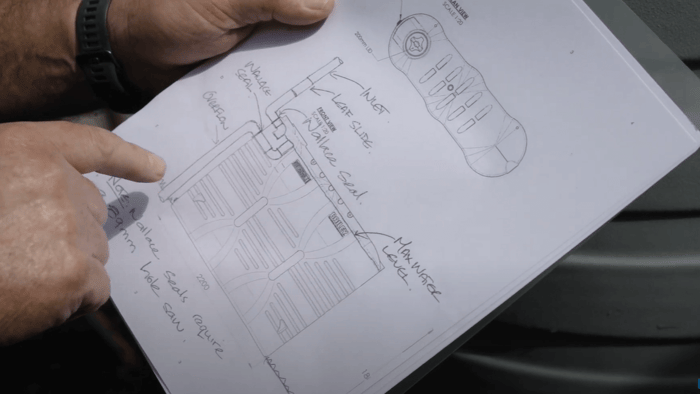
The inlet and overflow points are drilled into the side of the tank using a hole saw. Wallace seals are used to install the PVC pipes into the tank, which creates a water-tight seal. Peter then installs the outlet at the bottom of the tank. The Bailey Sustainable Slimline comes with a 25mm threaded outlet installed at the factory, allowing you to tap in with a variety of fittings. For this tank, Peter uses a 90-degree bend, a ball valve and a hose fitting. 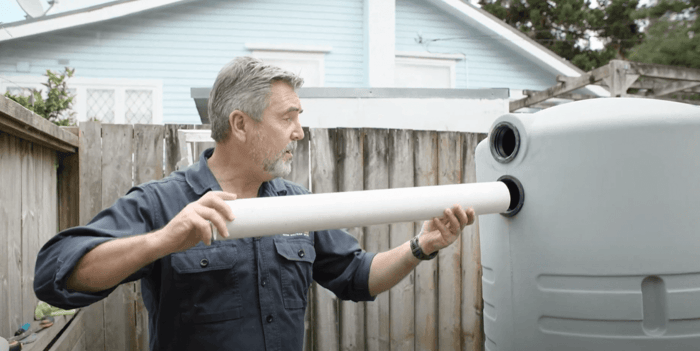
The Sustainable Series slimline tank is a great option for those wanting to add an eco-friendly touch to their home by collecting and re-using stormwater. The production of the water tank uses less than 1/3 of the energy than other models, plus their unique shape and design mean less plastic is required to produce each tank. Reducing energy usage reduces the demand for fossil fuels and, in turn, lowers the levels of carbon dioxide in the atmosphere.
